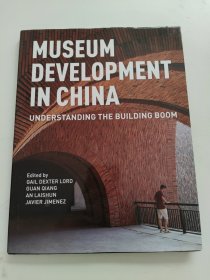
Museum Development in China Understanding the Building Boom
¥ 600 九品
仅1件
北京昌平
认证卖家担保交易快速发货售后保障
作者Gail Dexter Lord / Guan Qiang / An Laishun / Javier Jimenez
出版社Rowman & Littlefield Publishers
ISBN9781538109977
年代不详
装帧精装
页数142页
货号0011
上书时间2024-04-09
- 在售商品 暂无
- 平均发货时间 7小时
- 好评率 暂无
- 店主推荐
- 最新上架
商品详情
- 品相描述:九品
- 商品描述
-
内容简介 · · · · · ·
The growth of the number and scale of Chinese museums in the 21st century, from about 1,400 at the turn of the century to over 5,000 to date, reflects the government’s Museum Development Plan for 2011-2020 to open one museum per 250,000 inhabitants, with the goal of attracting one billion visitors at the end of the decade. It is not just the numbers but the speed of development of Chinese museums that takes our breath away—with nearly one new museum per day being opened or expanded in this huge country.
What are the motivations for the rapid development of museums in China? How is the public responding? Who pays for these museums and how? What has been the impact of china’s urbanization? How do Chinese museums balance education, scientific research, social cohesion, cultural diplomacy and tourism both internal and external? These are issues that continue to be discussed and debated among western museum professionals in the context of our 200-year history of modern museology. How are these debates evolving in China, which has its own history of museology over that same period from colonialism to communism and from isolation to opening up to the world?
This book explores these issues while introducing English-language readers to a sample of the new Chinese museums in case studies and photographs. To accomplish this goal, Lord Cultural Associates partnered with the Chinese Museums Association who engaged leading Chinese museologists, museum directors, academics and architects to provide chapters and case studies on the history of museums in China, on evolving national museum policies, museum exhibitions and cultural diplomacy, the role of private museums, and the impact of museums on society.
The four sections of this book build our knowledge of the roles of China’s museums through social and political changes, the systems of governance, the complex relationships between private and public sectors and many levels of government. Section One places the current building boom in context. Section Two addresses how China’s rapid urbanization has fueled the museum building boom, framed it, formed it and in some cases financed it. Section Three analyzes how Chinese exhibitions are tools for cultural diplomacy and key elements of soft power The six case studies in Section Four provide perspectives on the diversity of innovative approaches in the sector.
Museum Development in China --- a beautiful, full-color book --- is the product of an international collaboration to discover how much East and West can learn from each other about museum roles, our publics, how we preserve, what we conserve, and our future sustainability—even as we marvel at the accomplishments of China’s museum building boom.
作者简介 · · · · · ·
Gail Lord is one of the world’s foremost museum, gallery, and cultural planners. Co-founder and President of Lord Cultural Resources, her clients include the Nanjing Museum, Beijing Association of Science and Technology, the Canadian Museum for Human Rights, the Louvre, Tate Modern, and the Museo Guggenheim Bilbao, just to name a few. She is an art critic, feature writer, frequent commentator, public speaker, and the co-author of several books including Cities, Museums, and Soft Power and Manual of Strategic Planning for Cultural Organizations. Gail is a Member of the Order of Canada and an Officer of the Order of Arts and Letters in the French Ministry of Culture. In 2016, she was awarded an Honorary Doctor of Letters, by McMaster University.
Guan Qiang is currently Deputy Administrator of the National Cultural Heritage Administration of China, in charge of Chinese Museums Association and ICOM China. He has been working in the field of archaeological research, exhibition curating, cultural heritage protection and museum management over the past 30 years and including extensive experience at China’s renowned Palace Museum.
An Laishun holds Ph.D. in Chinese history and Masters in museology. He is the Vice President of the International Council of Museums, Vice President and Secretary General of the Chinese Museums Association. For 34 years, Dr. An has served the museum sector in various positions at the national, regional and international levels. Working closely with colleagues around the world, he has concentrated his efforts on increasing regional and international cooperation between museums by contributing to the success of a number of programs and projects, and on internationalizing Chinese museums.
Javier Jimenez is a museum and cultural planner with project experience in more than 20 countries. Since joining Lord Cultural Resources in 2008, Javier has been involved in consulting projects for renowned institutions including the Guggenheim Museum Bilbao, the King Abdulaziz Center in Saudi Arabia, the Ayala Museum, the Nanjing Museum, and the V&A Museum in London. Javier collaborates regularly with the academic sector. He is an invited professor at the Masters of Cultural Diplomacy from the Universittá Catolica di Roma and has delivered speeches and training sessions for the Chinese Museum Association, ICOM, CAMOC, and UNESCO.
目录 · · · · · ·
Preface - The Chinese Museum Boom in Broad Strokes
Guan Qiang
Introduction- Understanding China’s Museum Boom
Gail Lord
Part 1: China’s Museum Boom in Context
1.1 Lively Places Throbbing With Life
An Laishun
1.2 A Global Perspective on Museum Growth Cycles
Javier Jimenez and Gail Lord
1.3 A Brief History of Chineses Museums to 1949
Duan Yong
1.4 A Brief History of Chinese Museums 1949-1995
Song Xiangguang
1.5 The Musealization of China
Sofia Bollo and Yu Zhang
1.6 The Dichotomy of Relic Preservation Policies and the Social Role of Museums
Han Yong
Part 2: Museum Building in China’s New Urban Culture
2.1 The Urban Boom Meets Museums
Doug Saunders
2.2 A Museum Born of Real Estate
Gao Peng
2.3 From Desification to Place-making in Urban Planning
Phil Enquist
2.4 Character Building and Genius Loci in Museum Arhitecture
He Jingtang
2.5 Creating Bridges Between Contemporary Art and Life
Rebecca Catching
Part 3: Opening Up to the World
3.1 Cultural Diplomacy and Soft Power
An Laishun
3.2 Exhibitions as Tools of Diplomacy
Zhou Ming
3.3 Navigating Cross-cultural Collaborations—a Curatorial Perspective
Chen Shen
3.4 Changing Concepts and Strategies for Public Engagement
Tomislav Sola
3.5 From Hermetic and Inward Looking to Outward Reaching and International Museums
Tian Kai
3.6 The V&A’s Partnership with the Design Society in Shenzhen: An Ongoing Legacy of Cultural Diplomacy
Tim Reeve
Part 4: Case Studies in Innovation
4.1 Shanghai Museum: “A History of the World in 100 Objects”—Growing a Capacity for Institutional Change
Yang Zhigang
4.2 Guangdong Museum: The Dawn of the Smart Museum
Wei Jun
4.3 Palace Museum: Museum Fever—Keeping Up With Public Demands for New Experiences
Shan Jixiang
4.4 Natural History Museums: Underappreciated, Yet Wildly Popular
Jian Guan
4.5 Suzhou Musuem: Harnessing the Power of the People, Products and Place
Chen Ruijin
4.6 Jingdezhen Imperial Kiln Museum: Embers of Memory
Zhu Pei
Conclusion: Toward a Sustainable Future: “Feeling the Stones as We Cross the River”
Gail Lord, Javier Jimenez and Rebecca Catching
— 没有更多了 —









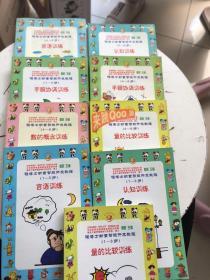

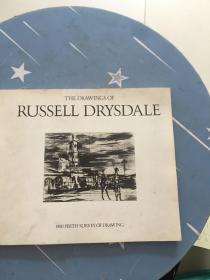
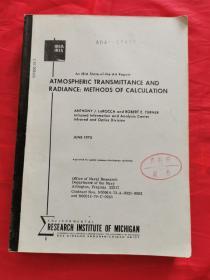

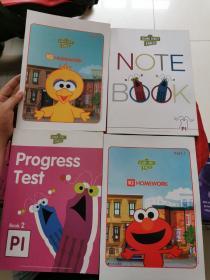
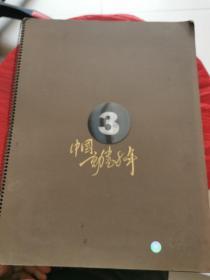
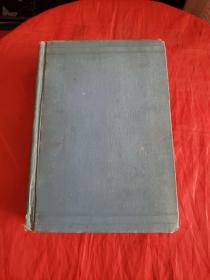











以下为对购买帮助不大的评价